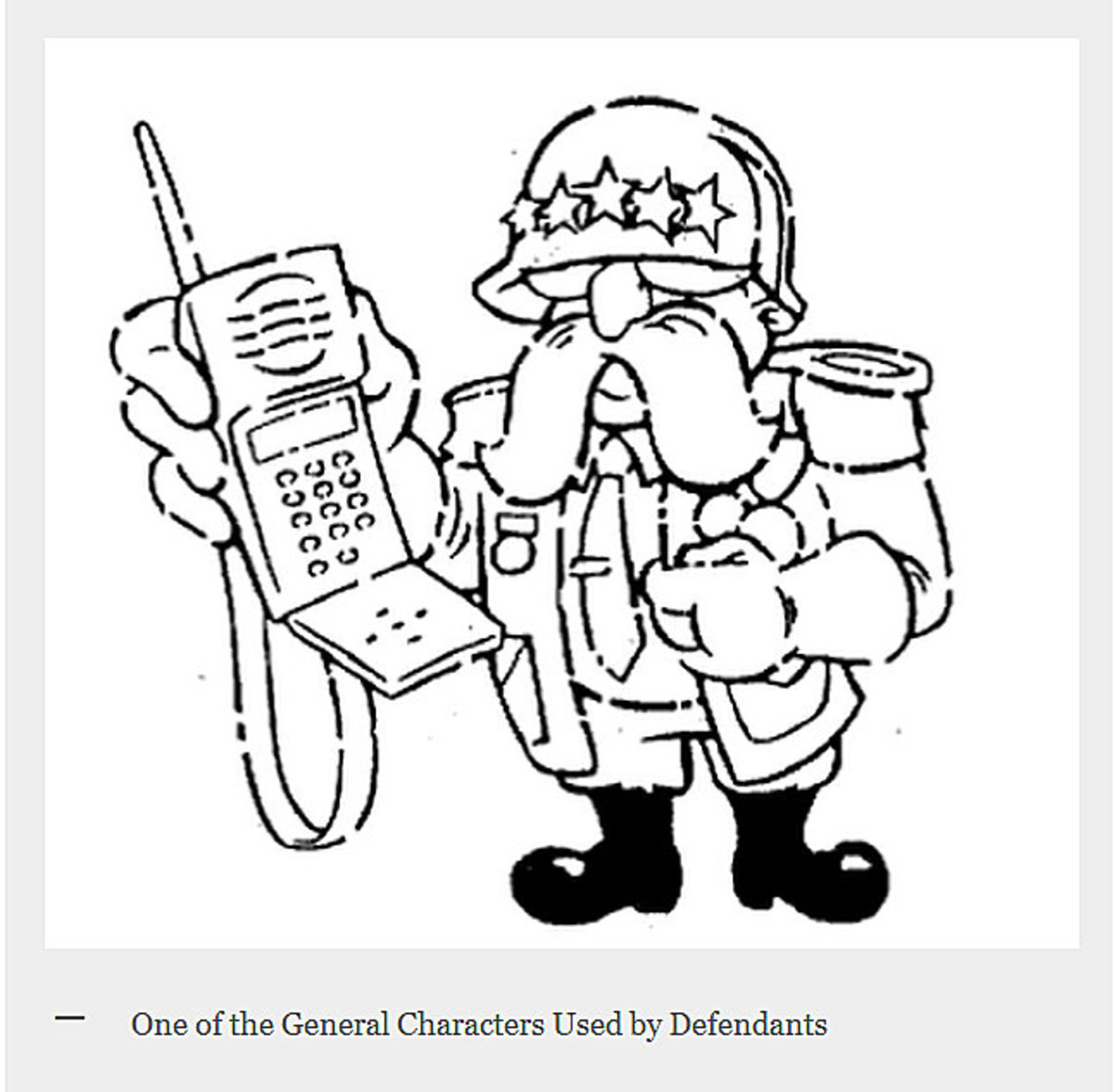The Tort of Negligence in Business Situations
How to Apply the elements of the tort of negligence and defenses
in different business situations
In common law, a tort is a civil wrong committed by person, which may cause loss or harm to another. Torts may either be intentional or emerge from negligence. Individuals may be held responsible for the harm caused by others not only by their intentional acts or behavior, but also through negligence. The tort of negligence emanates from breaching the duty of care, owed by an individual to another. The logic behind the principle in the tort of negligence is that, all people ought to exercise a standard of care that can be exercised by any “reasonable person” under the same circumstances so as not to hurt others. As a contrast to intentional torts, the tort of negligence does not require an intent, belief or knowledge from the tortfeasor, concerning the ramifications of his actions or non-actions.
An example in this perspective may be derived from a doctor who during work or outside work contexts commits fraud by selling a pharmaceutical product, which is already expired, to clients. This may be thought as the tort of negligence since the expired product may go on to harm the user. The doctor may also engage himself or herself in performing medical functions or offering services at a higher price, and in soliciting for other favors before granting the said services. These behaviors may harm the patients economically since the client has pay more. All businesses need to be knowledgeable on the issue of torts in avoiding huge legal expenses in legal defense. This knowledge will be essential for them since it will help them in identifying and leveraging the risks for effective positioning of the business.
Negligence relates to the case when an individual performs an action or behavior, which happens to be irresponsible, indifferent and out of character. Such a person will obviously be guilty of an offense that occurs because of his or her negligence. An example in this perspective may be derived from a traffic accident, where a driver is driving at a fast speed on a particular lane against the specifications of the brand designer. In this case, it is probable for the court to determine the negligence of the driver as a criminal offense.
How to Apply the elements of vicarious liability in given business situations
Vicarious liability occurs when a person is partly held responsible for an offense committed by a third party. For instance, an employer may be held responsible for the illegal actions committed by his or her employee. The unlawful actions may include stealing, discrimination, or harassment in the workstation. Although, the employer may not be the one behind the unlawful action(s) of the employee, he or she may be held liable for such actions. This is because he fails on his or her responsibilities to curb the behavior and actions of employees. In light of this, the employer is expected to check, and prevent any harmful act that may be caused by employees. In avoiding vicarious liability, an employer has to exercise “reasonable care” in ensuring that unlawful acts and behaviors are prevented.
Another example may be derived from the franchisor-franchisee context. In this relationship, many issues may emerge from the Franchise Agreement. For example, the franchisor’s potential liability for the negligence or wrong actions/inactions of the franchisee may arise due to “vicarious liability”. In other words, the franchisor may be held responsible for the negative consequences caused by the franchisee’s behavior or actions. This mandates the franchisor to maintain his or her capability of enforcing the operating guidelines and take proper measure to ensure that the franchisees adhere to the stipulated guidelines.
Reference List
Glanville W, (2002). lawsuit. Learning the Law. Eleventh Edition. Stevens. p. 9
Laski, H (2006). Basis of Vicarious Liability, Yale Law Journal 105
Twerski, P (2009). Third Restatement of Torts: Issue One: Article: Negligence Per Se and Res
Ipsa Loquitur: Kissing Cousins. Wake Forest Law Review. Prepublication copy



